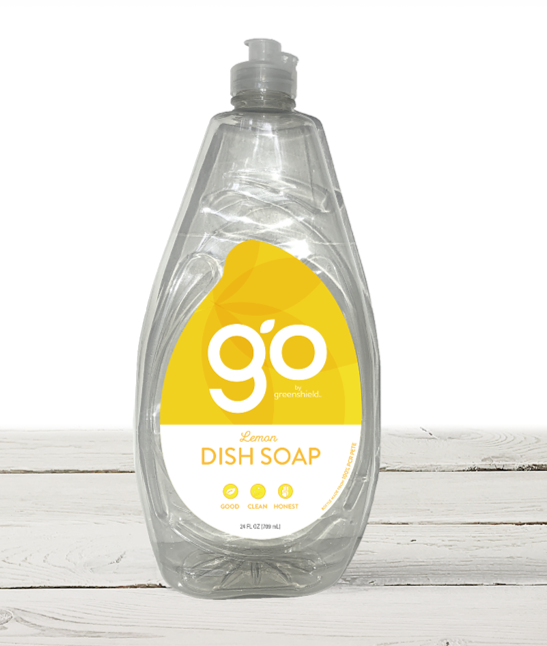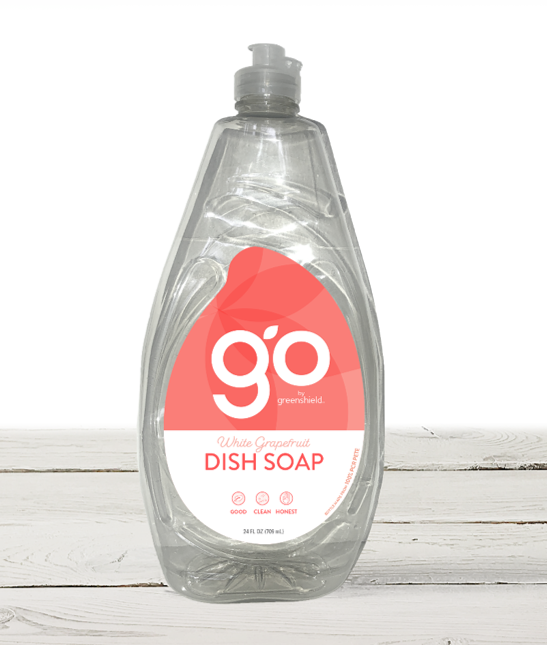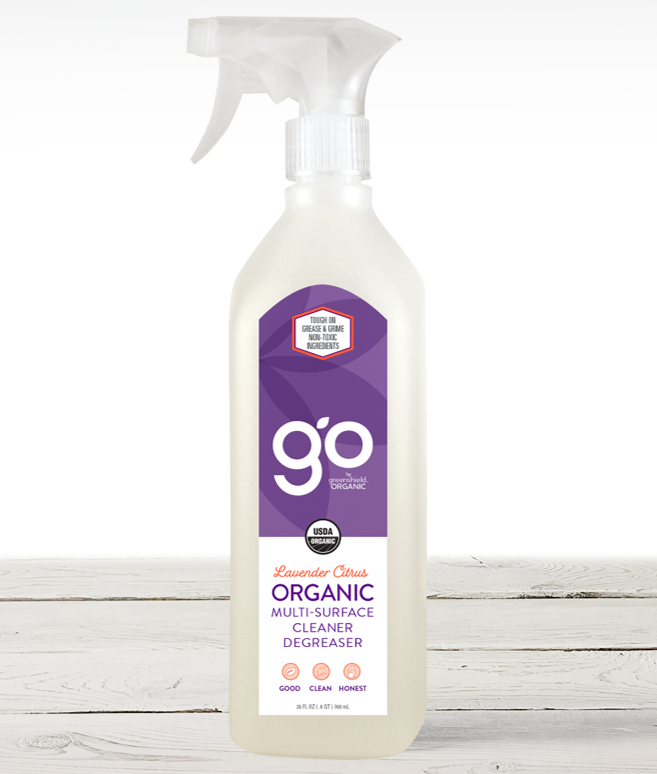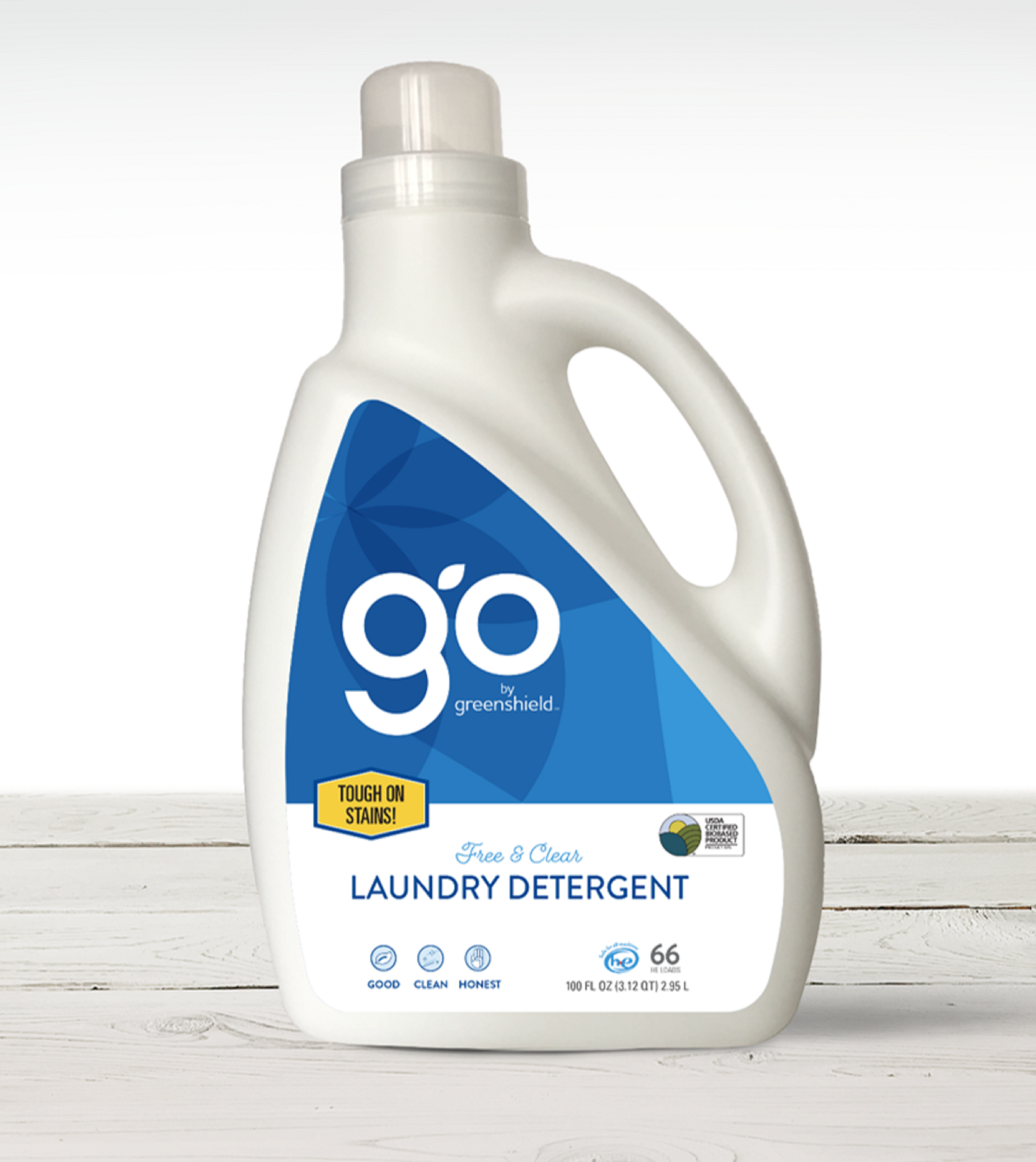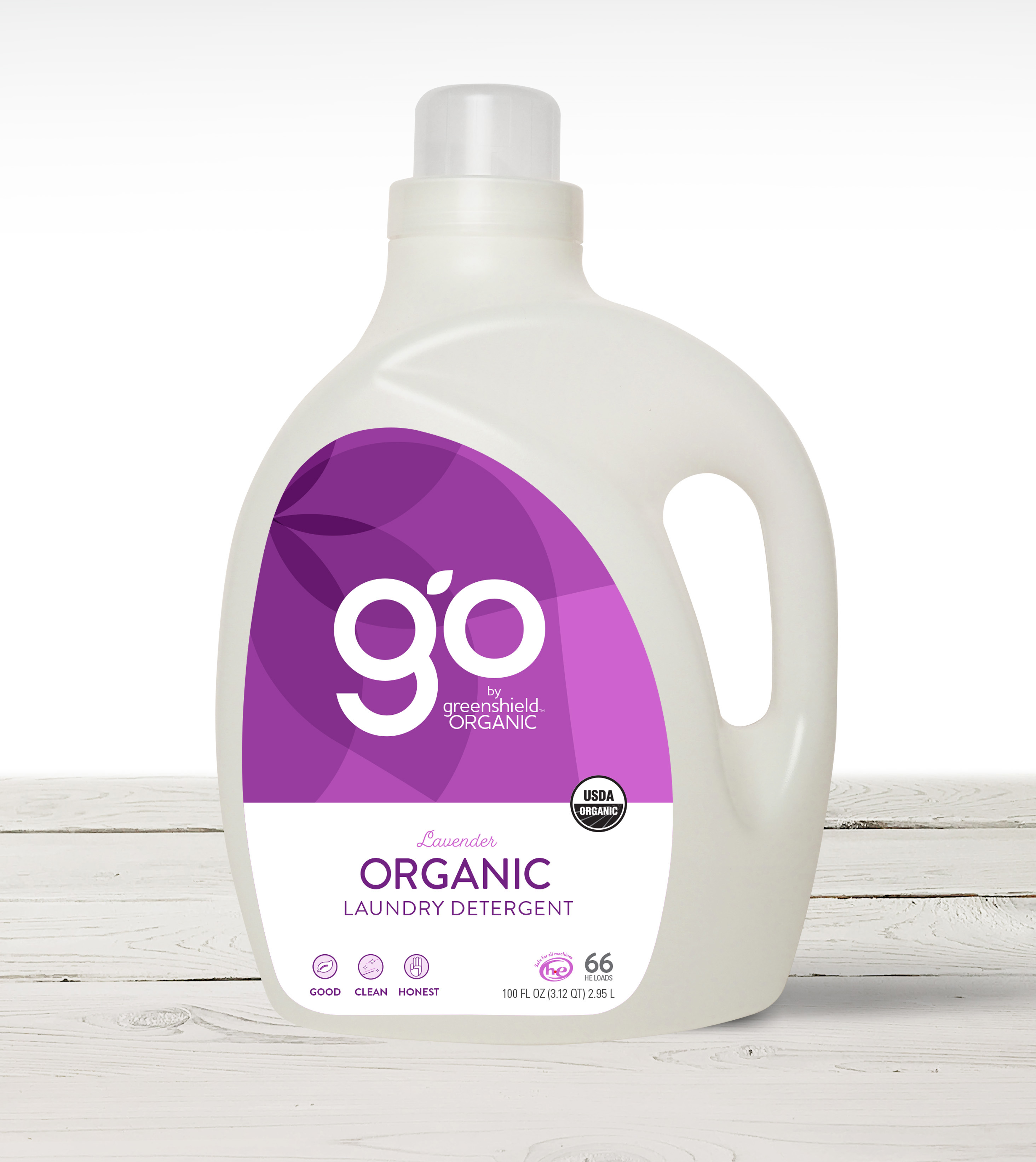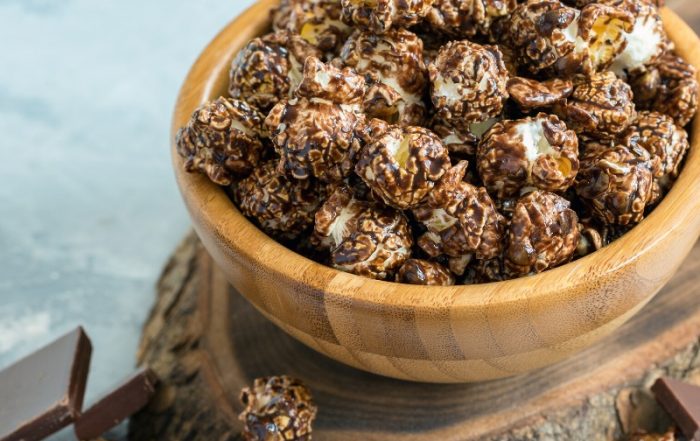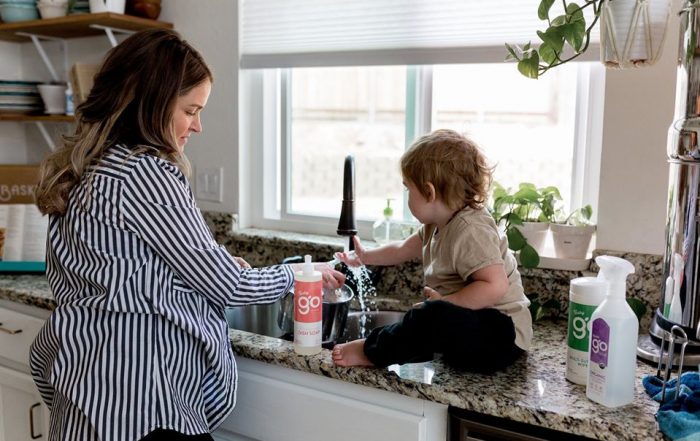Essential Oil Bath Safety, What You Need To Know
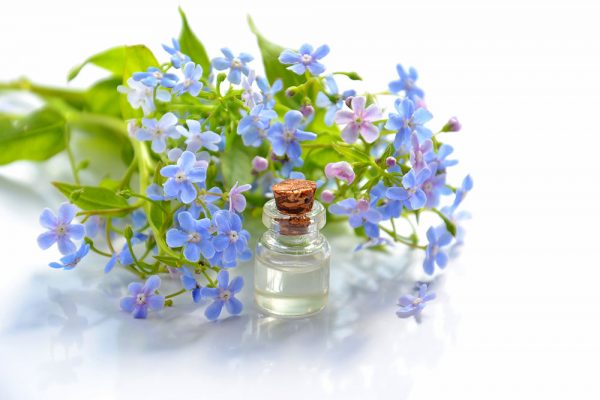
Milk baths, flower baths, bath bombs, essential oils. Everyone loves a little self care, and essential oils can turn regular old bath time into an aromatherapy session that can rejuvenate the soul. But with great power comes great responsibility.
What you need to know before you add essential oils to your bath:
Essential oils are highly concentrated chemical compounds and there are certain precautions you should take before adding essential oils to your bath water.
Don’t: Never add essential oils directly to your bath water.
Remember that science class where you learned that oil and water don’t mix? Essential oils are not water soluble, which means they won’t mix into your water. Small drops of concentrated essential oil can then adhere directly to your skin, which can cause irritation and is never recommended!
Do: Always use a carrier oil.
In order to dilute essential oils to a safe level and prevent unwanted irritation, it is important to always combine them with a carrier oil. Apricot, almond, coconut, olive, jojoba or other vegetable-derived oils work well.
The essential oil experts at the Tisserand Institute, recommend mixing 5-20 drops (1-4% dilution) of essential oil into 1 tablespoon of a carrier oil. When in doubt, less is more. Generally a 2% dilution is considered safe.
Keep in mind, the droplets of diluted oil will still not combine into the water, but you can use fractionated coconut oil or jojoba oil for a slightly less greasy experience.
Carrier oils should always be used, even if you’re adding additional ingredients to your bath or creating bath salts or soaps. Alcohol, Aloe, Baking Soda, Cornstarch, Epsom Salts, Glycerin, Milk, and Witch Hazel do not dilute oils.
Do: Understand how essential oils differ in use.
As much as we love essential oils, they’re not all safe to use in a bath. Some oils are considered safe if inhaled, yet may be irritating, cause burns or photoxicity if applied to the skin, even in extremely low concentrations. Before using in your bath, check your essential oils for recommended application methods and concentrations.
Below are some safer options* to use and others you should avoid adding altogether:
Do Use:
- Bergamot
- Cardamom
- Chamomile
- Clary Sage
- Juniper
- Lavender
- Lemon
- Marjoram
- Orange
- Rose
- Rosemary
- Vanilla
Don’t Use:
- Basil
- Bay
- Cinnamon
- Clove
- Oregano
- Spearmint
- Thyme
- Wintergreen
Do: Try a patch test before hand.
Before trying any new product that comes in direct contact with your skin, it’s always in good measure to do a patch test. Skin patch tests can confirm any possible negative reactions you might experience from a product, before applying to larger areas. To do a skin patch test:
• Combine 1-2 drops essential oil in a half teaspoon of carrier oil.
• Apply a few drops of the diluted oil to a bandage, and then apply to your arm, using the inside of your arm for best results.
- Wait 24-48 hours. If during this time you get any irritation, discontinue use. Avoid using that oil (or a blend that contains that oil) directly on your skin.
Don’t: Never swallow essential oils.
Essential oils generally should never be swallowed. Because it is easier for chemicals to enter the bloodstream through the digestive tract, swallowing essential oils (even on accident) boosts the chance of any adverse reactions. Continued exposure to small amounts (a few drops a day in a water bottle) can lead to fatigue and headaches, while consumption of larger amounts of certain oils can lead to throat swelling, a racing heart, vomiting, and seizures*.
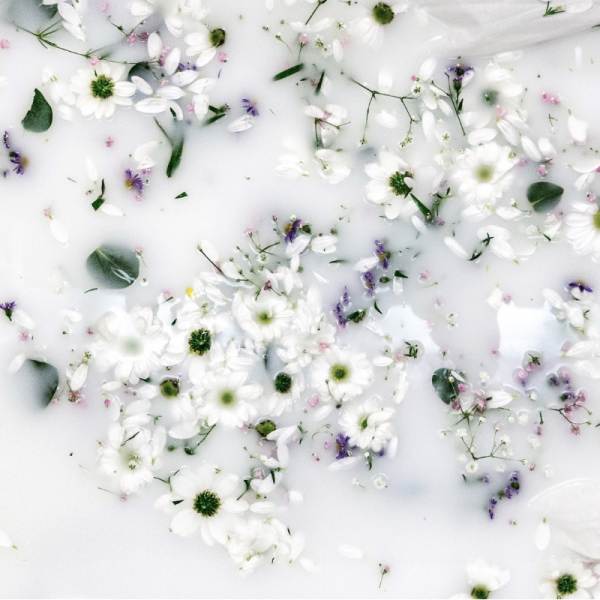
Do: Have fun trying new combinations you know and trust.
Once you’ve determined which essential oils are safe for you, feel free to get creative. Essential oils can be blended in safe amounts to create unique aromatherapy experiences and bring together a variety of health benefits. You can also add in extra ingredients to your bath like fresh rosemary, dried or fresh flowers, milk, or epsom salts for a true spa experience.
Do: Always clean up well after an essential oil bath.
Adding oils to your bath can turn your tub into a slippery mess. Be careful getting out of your bathtub, and be sure to clean it well afterwards to prevent future falls. GO by greenshield™ Baby Liquid Dish Soap is great at breaking down grease. Give your tub a scrub with some baking soda, a few squirts of soap and hot water to help dissolve any leftover residue.
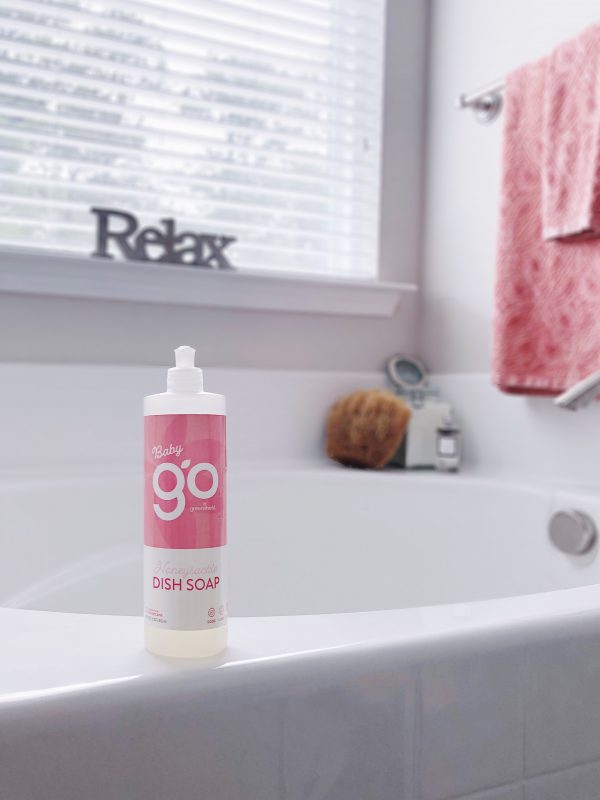
*Please keep in mind that every body is different. Practice caution when using any essential oil, even if it is marketed as safe for skin contact. Discontinue use if you experience an allergic reaction, and always consult a trained professional if you have sensitive skin, are pregnant, nursing or have existing medical conditions.
Disclaimer: This blog is for entertainment and informational purposes only. It should not be seen as medical or any other advice. Our writers are not medical experts so individual precautions should be considered.
Sources:
SUBSCRIBE TO OUR BLOG
RELATED ITEMS
RECENT POSTS

